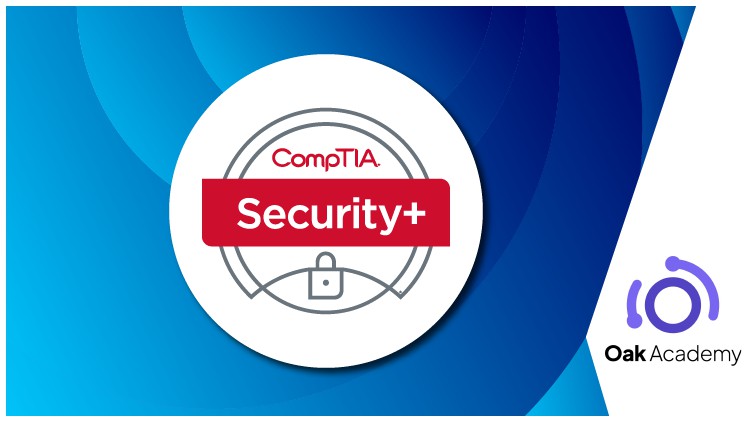در حال حاضر محصولی در سبد خرید شما وجود ندارد.

CompTIA Security + SY601, comptia security plus certification exam cource. CompTIA course will take you in cybersecurity
در این روش نیاز به افزودن محصول به سبد خرید و تکمیل اطلاعات نیست و شما پس از وارد کردن ایمیل خود و طی کردن مراحل پرداخت لینک های دریافت محصولات را در ایمیل خود دریافت خواهید کرد.


CompTIA Security Plus (SY0-701) Course | CompTIA Security+

Server Administration Fundamentals (Comptia Server+ SK0-005)

Kotlin | Android App Development Hands-on Projects Course

The Complete Social Engineering, Phishing, OSINT & Malware

Vue | Vue Js Web Development Course with Real Vuejs Projects

HackTheBox & TryHackMe- Cyber Security Upskilling Platforms

Server+ | CompTIA Server+ SK0-005 Certification Prep Course

Full Oracle Database High Availability Features

CCNA Networking | Complete Cisco CCNA 200-301 Prep Course

Splunk | Splunk Core Certified Power User SPLK 1002 Prep
✨ تا ۷۰% تخفیف با شارژ کیف پول 🎁
مشاهده پلن ها